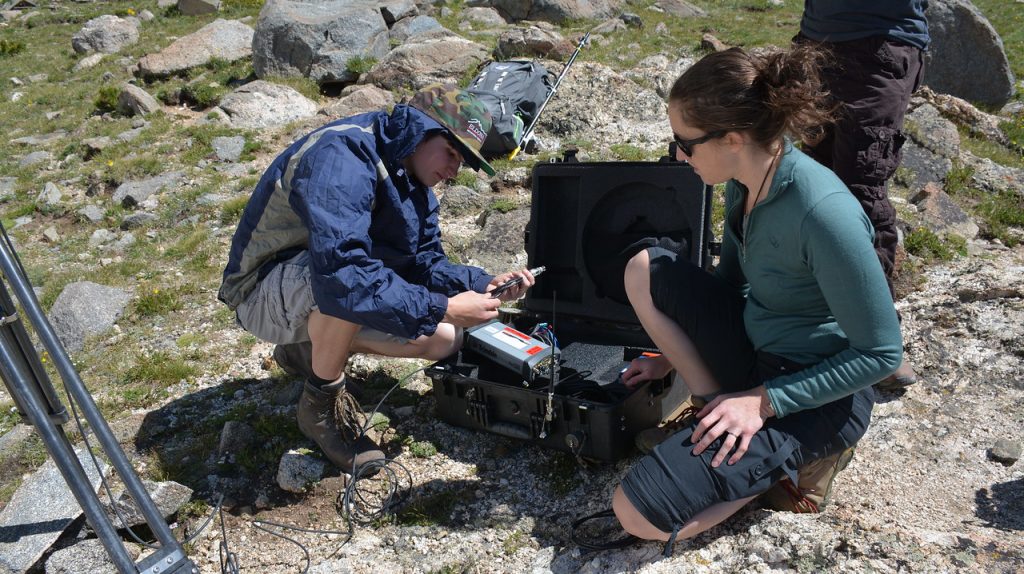Charlevoix, D., (2014), Workshop to Assess Field Education Support by the GAGE Facility. Accessed 24 August 2016, http://www.unavco.org/highlights/2015/fieldedworkshop.html.
Douglas, B., N. Niemi, G. Wang, D. Charlevoix, C. Crosby, B, Pratt-Sitaula, (2015), Final Workshop Report (pdf): The Role of UNAVCO in Geodesy and Field Education, UNAVCO. Accessed 24 August 2016, http://www.unavco.org/education/professional-development/short-courses/2014/field-education/field-education.html.
Direct Link: http://www.unavco.org/education/professional-development/short-courses/2014/field-education/14-field-educ-report-final.pdf.
Miller, M. M., C. Meertens, D. A. Phillips, C. Rubin, L. Ely, B. Pratt-Sitaula, (2009), Collaborative Research MRI: Acquisition of Terrestrial Laser Scanning Systems for Earth Science Research, Final Project Report, NSF Award 0923548. Accessed 24 August 2016, http://www.unavco.org/community/publications_and_reports/proposals/proposals.html.
Direct Link: http://www.unavco.org/community/publications_and_reports/proposals/2009/MRI_TLS_EAR2009_UNAVCO-CWU.pdf
Phillips, D. A., J. S. Oldow and J. D. Walker, (2012a), Outlining a strategic vision for terrestrial geodetic imaging, Eos Trans. AGU, 93(11), 121. Accessed 24 August 2016, http://onlinelibrary.wiley.com/doi/10.1029/2012EO110005/full.
Direct Link: http://onlinelibrary.wiley.com/doi/10.1029/2012EO110005/epdf
Phillips, D. A., J. S. Oldow, J. D. Walker, J. R. Arrowsmith and C. M. Meertens, (2012b), Community Workshop: Charting the Future of Terrestrial Laser Scanning (TLS) in the Earth Sciences and Related Fields, Final Project Report, NSF Award 1138279. Accessed 24 August 2016, http://www.unavco.org/community/meetings-events/2011/tls/tls.html.
Direct Link: http://www.unavco.org/community/publications_and_reports/reports/past-grants/final-reports/TLS_Workshop_NSF_Final_Report_1138279.pdf.
Pratt-Sitaula, B., B. Crosby, C. Crosby, (2017), Integrating Topographic Imaging into Geoscience Field Courses: Using TLS and Structure from Motion (SfM) Photogrammetry in Undergraduate Field Education; Cardwell, Montana, 16–19 August 2016, Eos, 98, https://doi.org/10.1029/2017EO067411. Published on 07 February 2017.

